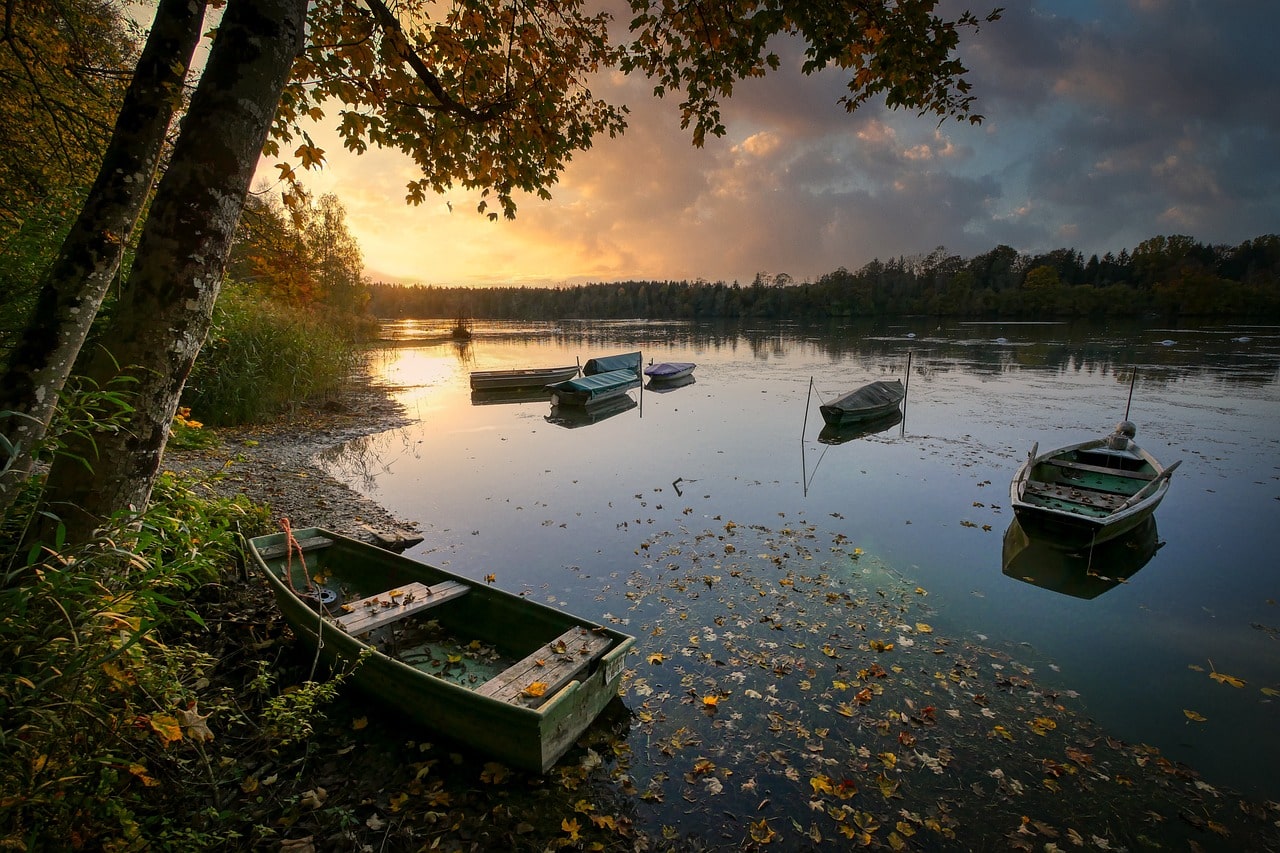Lake Izabal, also known as the Golfo Dulce, is the largest lake in Guatemala. It boasts a surface area of 589.6 km² (227.6 square miles) and reaches a maximum depth of 18 meters (59 feet). Positioned just a meter above sea level, the lake receives its primary inflow from the Polochic River and drains into the Gulf of Honduras in the Caribbean Sea through the Golfete Dulce and the navigable Rio Dulce.
The lake is steeped in history, with the well-preserved colonial Castillo de San Felipe de Lara standing guard at its shores, historically protecting the region from pirate attacks. Nearby, ancient sunken ships add to the area’s historical mystique. Rich in biodiversity, Lake Izabal is a great place to go birdwatching and see animals. It is home to species like the Manatee, Jaguar, Spider Monkey, Blue-eye cichlids, and Howler Monkey.
Lake Izabal is not just a natural wonder, but also a cultural treasure. It is surrounded by several indigenous communities, notably the Mayas Q’eqchi’, who have preserved their traditional ways of life, enriching the region’s cultural tapestry. As a historical reminder of the region’s tenacity in the face of piracy, the Castle of San Felipe de Lara was constructed in 1652 as a tribute to Judge Antonio Lara Mangravo.

